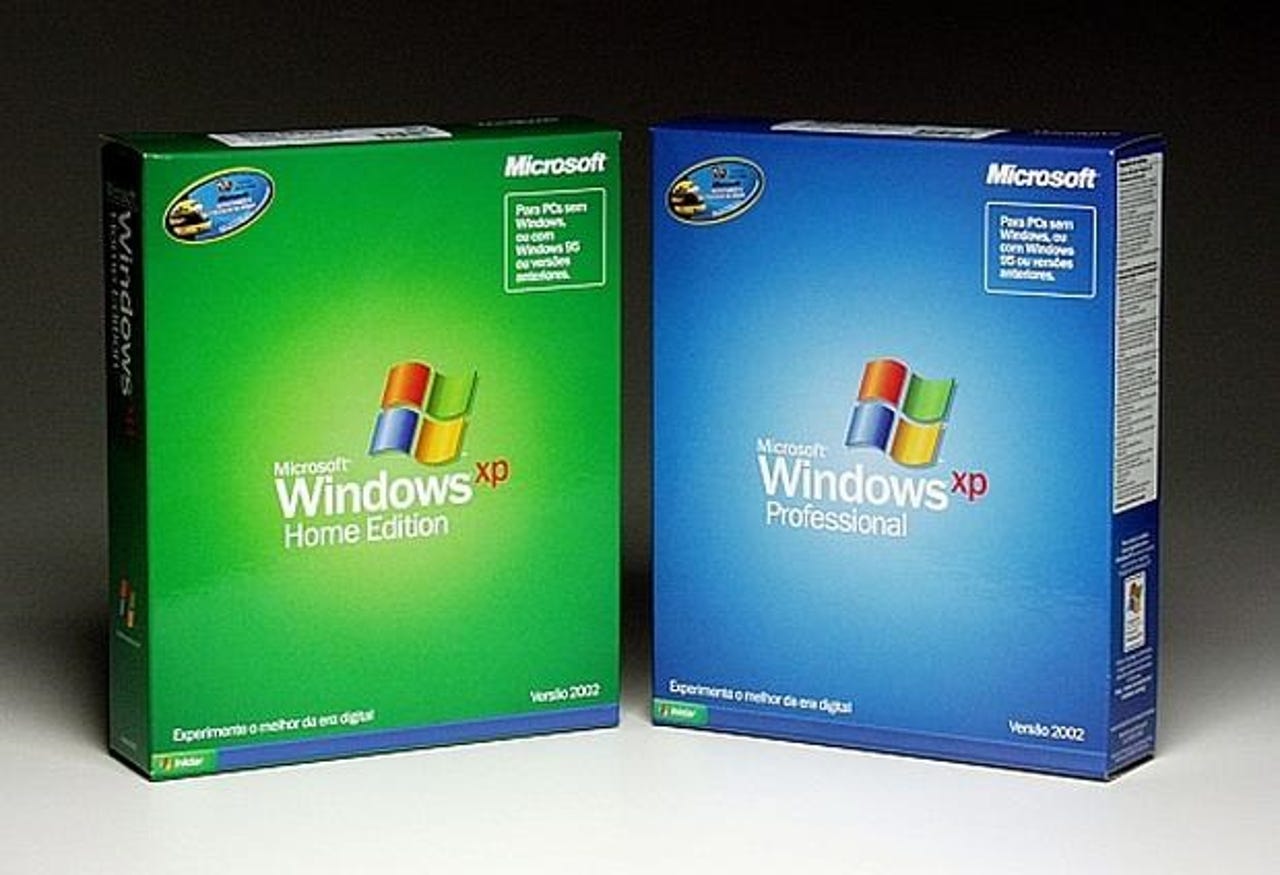Intel: PC sales weak as many businesses stick with Windows XP


Perhaps the most interesting detail that emerged from Intel's lackluster first quarter financial results the other day had nothing to do with mobile, the company's white whale. Instead, it concerned something so old that it almost seems laughable in the same week that the very 21st-century Apple Watch dominated headlines. Per ZDNet's own Larry Dignan:
In a statement, Intel said it cut its first quarter outlook because of "weaker than expected demand for business desktop PCs and lower than expected inventory levels across the PC supply chain."
One reason the chip giant cited for that weaker demand: a slowdown in companies upgrading from Windows XP systems. What's particularly interesting about this is that the move away from the ancient OS helped drive some of Intel's better results in 2014.
What that suggests is a potentially intractable problem for both Intel and Microsoft: businesses that still manage to operate fine, thank you very much, with an operating system that's nearly 15 years old. It's the desktop equivalent of the guy who still uses a flip phone and doesn't care if you have an app that can identify a song on the radio in three seconds or can stream the Super Bowl live on your smartphone.
But it's even worse, actually, because that inertia isn't one guy: It's firms with potentially dozens or hundred of employees that have their productivity disrupted while new systems are installed and training is implemented. Then there's the issue of the need for an updated OS. What does Windows 7 or 8 (or 10) do that compels these stragglersto upgrade? If they're fine with whatever version of Office they're currently using, and have a decent enough web browser, then most workers are set (though maybe not overjoyed).
Certainly Microsoft's decision to emphasize its new Start screen over the old desktop when it launched Windows 8 did it no favors, even if it retreated in Windows 8.1 by adding back a Start button. Now it's trying to go back to killing off the desktop for Windows 10 with a new Start screen that adds some of the old desktop functionality to it (though that's not stopping third parties from readying old-school Start button replacements).
Microsoft hoped to move things along by ending official support for XP (though that backfired in one case), which caught the attention of big companies and forced many conversions. However, smaller operations -- like mom-and-pop companies -- may have found it worth the risk to keep on keeping on, especially if this is your IT guy:
In essence, getting the remaining 15 or so percent of the PC crowd that clings to Windows XP to upgrade is going to be similar to the struggle to get that flip-phone guy to finally get an iPhone (which usually involves a younger relative showing him the value of the update). It's not about flashy marketing and whiz-bang features -- that basically appeals to people who've already jumped to a newer version of Windows long ago. It's a much tougher slog, one that may not even seem worth the bother -- except that it's still apparently impacting Intel's bottom line.
Perhaps the forthcoming end of Microsoft's updates for Security Essentials will introduce a new level of risk that will spur the purchase of systems. ZDNet's Jack Schofield previously suggested that more websites ending support of old Internet Explorer browsers could force additional upgrades, though the type of businesses that still rely on Windows XP may not be the type that rely on web browsers for much of their day-to-day work.
Do you still know companies that are sticking with Windows XP? How can Intel -- and Microsoft -- get them to buy new systems running a more recent version of Windows? Let us know your thoughts in the Talkback section below.